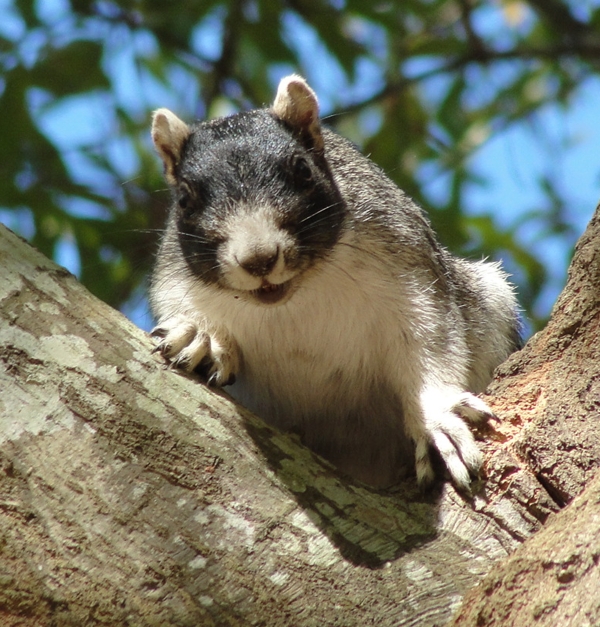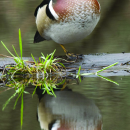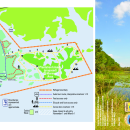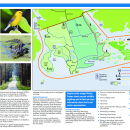
A host of wildlife species inhabit the varied landscapes of Santee NWR. The forests are home to white-tailed deer, raccons, eastern fox squirrels and bobcat. Ponds, marshes, and other wetland areas afford prime habitat for alligators, turtles, salamanders and a host of fish and insects. Birds can be found practically anywhere and at any season of the year. The hiking trails and observation platforms and towers at the Bluff Unit and Dingle Pond are excellent for catching sight of a number of different animals. Enjoy the 7.5 mile auto drive and hiking trails on the Cuddo Unit. Turkey, deer and very large alligators are common as are a variety of bird species. An automatic gate on the wildlife drive controls the hours of access to minimize disturbance to wildlife.
Be sure to dress for the weather and bring insect repellent. Pick up maps at the Visitor Center before you head out to the trails and pack binoculars and field guides. If needed, the Visitor Center has a loaner backpack (complete with binoculars and guides) for your use. Visitor access on portions of the refuge is seasonally limited to provide migratory bird sanctuary areas for wintering ducks and geese. Please check with the refuge office for details on any closures.






